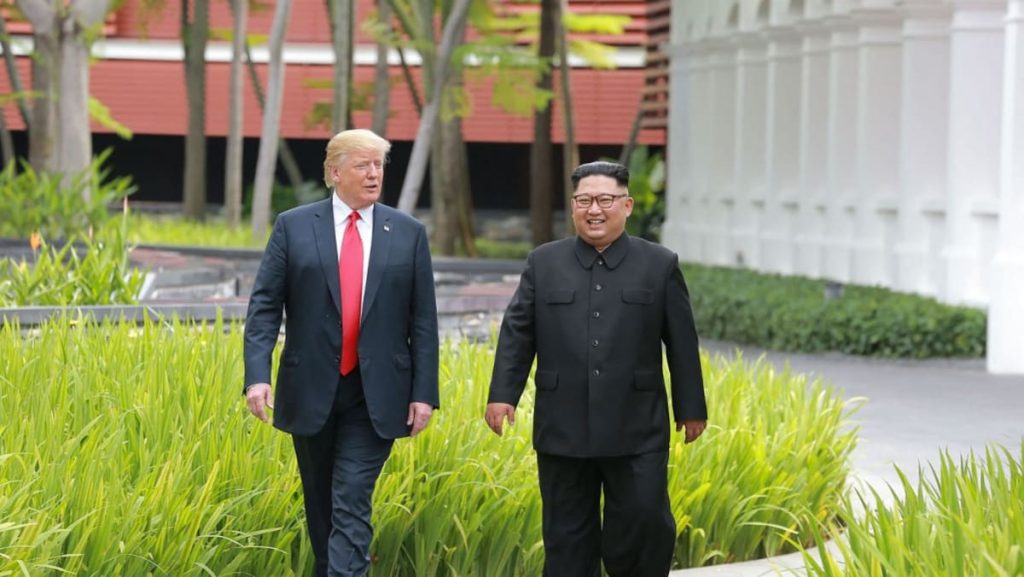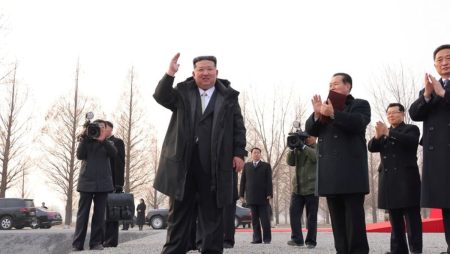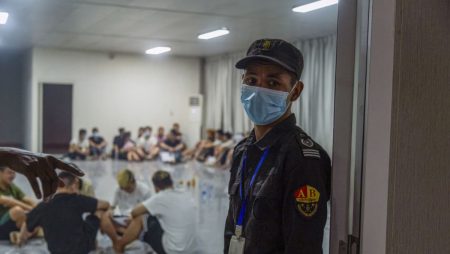The Reality of US-North Korea Relations: A Path to Negotiation
The relationship between the United States and North Korea is fraught with political and strategic differences. These disparities are not the kind that can be resolved with a single, dramatic gesture or a summit between leaders who claim to be "friends," as President Donald Trump and Chairman Kim Jong-un have suggested. The chasm between the two nations runs deep, and bridging it will require more than just a handshake or a photo opportunity. If the US is genuinely committed to reaching an agreement, it will need to adopt a far more nuanced and detailed approach. This is not a conflict that can be resolved overnight or through simplistic diplomacy.
The Need for Detailed and Strategic Offers
If President Trump is serious about securing a deal with North Korea, he must be willing to put forth detailed and comprehensive offers. In fact, he may need to present multiple offers, each with its own set of specifics, to create room for negotiation and compromise. This approach would allow both sides to engage in a give-and-take process, swapping and trading concessions as they work toward a mutually acceptable agreement. However, these offers cannot be crafted in a vacuum. They must have the buy-in and support of key stakeholders in Washington, including the Defense Department, the State Department, Congress, and the North Korea-watching think-tank community, as well as South Korea.
Building Support for a Sustainable Deal
The importance of securing domestic and international support for any deal cannot be overstated. Without the backing of important constituencies in the US and South Korea, any agreement reached by President Trump risks facing significant bureaucratic resistance. History provides a stark reminder of this reality. When then-President Bill Clinton struck a deal with North Korea in the 1990s, he did so without the support of Congressional Republicans. The lack of bipartisan backing ultimately doomed the agreement, as it faced fierce opposition from those who had not been invested in the process. This is a lesson that the Trump administration would do well to remember.
The Necessity of US Concessions
North Korea is highly unlikely to agree to denuclearize simply because of US threats or vague promises of future benefits. President Trump has already tried this approach, and it has failed to yield tangible results. If the US hopes to make progress in negotiations, it will need to be willing to make meaningful concessions. This will not be an easy pill to swallow, especially given the nature of the North Korean regime. However, without some form of compromise, Pyongyang is unlikely to come to the negotiating table. This is a lesson that has been reinforced time and again, particularly between 2017 and 2019, when negotiations stagnated due to a lack of willingness to give ground.
The Lessons of Past Negotiations
The history of US-North Korea negotiations is replete with examples of failed attempts to reach an agreement. These failures often stem from a lack of flexibility and a refusal to make concessions. For instance, the collapse of the Hanoi summit in 2019 was largely due to President Trump’s insistence that North Korea completely denuclearize without offering sufficient incentives in return. This approach led to a breakdown in talks and underscored the need for a more pragmatic and realistic strategy. If the US hopes to avoid repeating past mistakes, it must be willing to engage in a more nuanced and reciprocal process.
The Road Ahead: Compromise and Realism
Moving forward, US concessions could take a variety of forms, including the lifting of United Nations sanctions, financial aid, some level of diplomatic recognition, or a reconfiguration of US military forces on the Korean Peninsula. These concessions would need to be carefully calibrated and traded for corresponding North Korean counter-concessions. However, it is crucial to recognize that North Korea is unlikely to completely abandon its nuclear program, as this is seen as a vital component of its national security strategy. By acknowledging this reality and embracing a more pragmatic approach, the US can work toward a more sustainable and realistic agreement.
Conclusion: The Path to Progress
Reaching a deal with North Korea will require a combination of detailed planning, strategic thinking, and a willingness to compromise. The US must be prepared to make concessions and to engage in a process that is iterative and reciprocal. Without support from key stakeholders and without a realistic understanding of North Korea’s priorities, any agreement will be difficult to achieve and even harder to sustain. The road ahead will be long and challenging, but with the right approach, it is possible to make progress toward a more stable and secure future for the region and the world.












